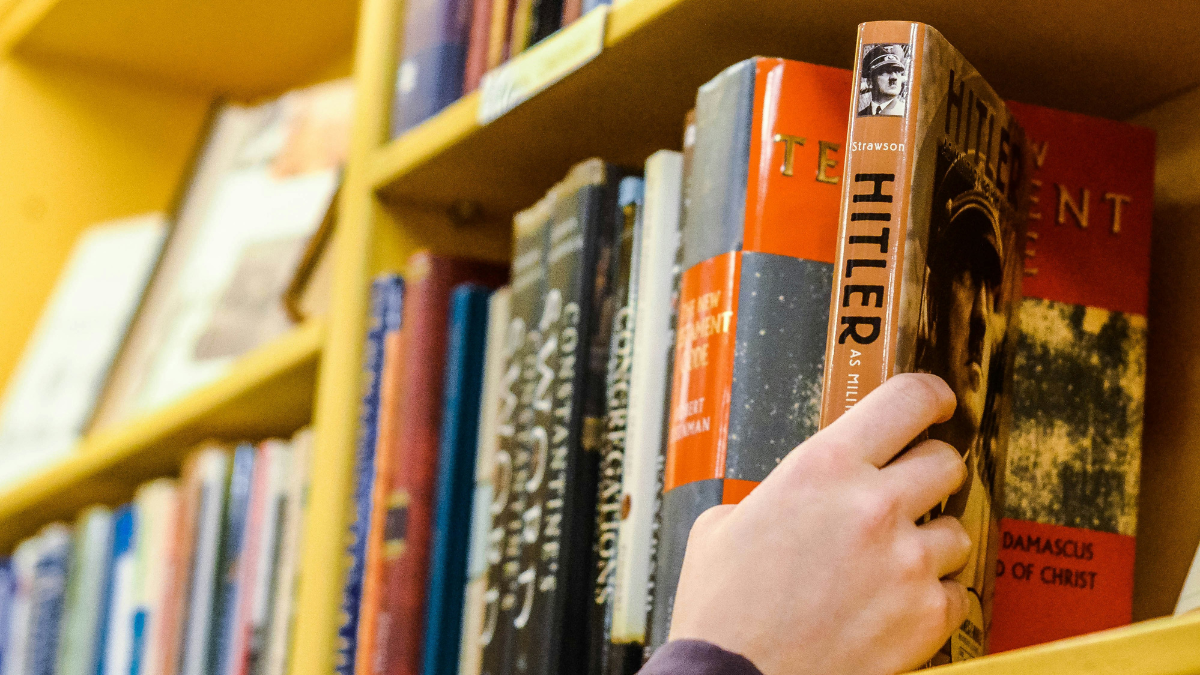

BreakPoint
The Planter of Crosses
John Paul II -- a feeding tube in his nose -- died a natural and peaceful death just days after the deliberate starvation of Terri Schiavo, whose feeding tube was callously removed. God in His providence often uses events like this to teach the world the difference between Christianity and secularism. The world mourns the death of John Paul. As he lay dying, his spokesman explained how suffering is redeemed, and in doing so, he gives hope to all of us. In the Vatican, we saw the culture of life on display, while in Florida, we saw the gruesome alternative: the culture of death. We witnessed a similar teaching moment eight years ago when Mother Teresa died the same week as Princess Diana. While Diana was a much-loved celebrity -- famous for being famous -- Mother Teresa's death reminded us of what true greatness is: a life of service to God and suffering mankind. Just as this week, the contrast was stark. I met with the Pope twice -- once when Jim Dobson and I were invited as the first evangelicals to speak in the Synod Hall in the Vatican. I was struck by the intensity of his blue eyes and the glow he seemed to have about him. He was an extraordinary human being -- and I say that as a devout Southern Baptist. This Pope was not only the spiritual leader of one billion Roman Catholics; he was also one of the handful of world leaders most responsible for bringing down Communism. His political journey began in the town of Nowa Huta, Poland, designed as a living monument to communist utopianism. When the people demanded a church, a Polish priest and a few workers nailed together two rugged beams as a makeshift cross, marking the site of the chapel they would build. The communists angrily tore it down. But when the sun rose the next morning, another cross had been raised in its place. This went on for years as the people gathered at their cross, singing and celebrating Communion. The people's faith became strong as steel. In the end, they got their church. And the man who was planting the crosses? Karol Wojtyla, later bishop of Krakow, and still later elected the first non-Italian Pope in 450 years. When Stalin was once told that the Pope (of his day) would defy him, the communist tyrant jeeringly asked, "And how many divisions does the Pope have?" Years later, when the Soviets threatened to send troops in to quell a Polish uprising, Pope John Paul II announced he would return home to stand with his people. The Soviet tanks never moved. Who had the most divisions? As a Christian persecuted for his faith under the two worst totalitarian regimes of the century, Wojtyla believed passionately in the dignity of every human being. This conviction lasted throughout his life. When he became Pope in 1978 and gave his inaugural sermon, his first words were: "Be not afraid!" He never was, even unto death. John Paul II cast the shadow of the Cross across Eastern Europe: Along with Ronald Reagan and Margaret Thatcher, he heroically helped bring down the Soviet Empire. As we mourn the passing of a great leader, tell your kids that being a hero isn't about success or power; it's about doing our duty faithfully and "being not afraid" -- whether it's raising crosses in a Polish town or lying on a bed facing death with dignity.
04/4/05















